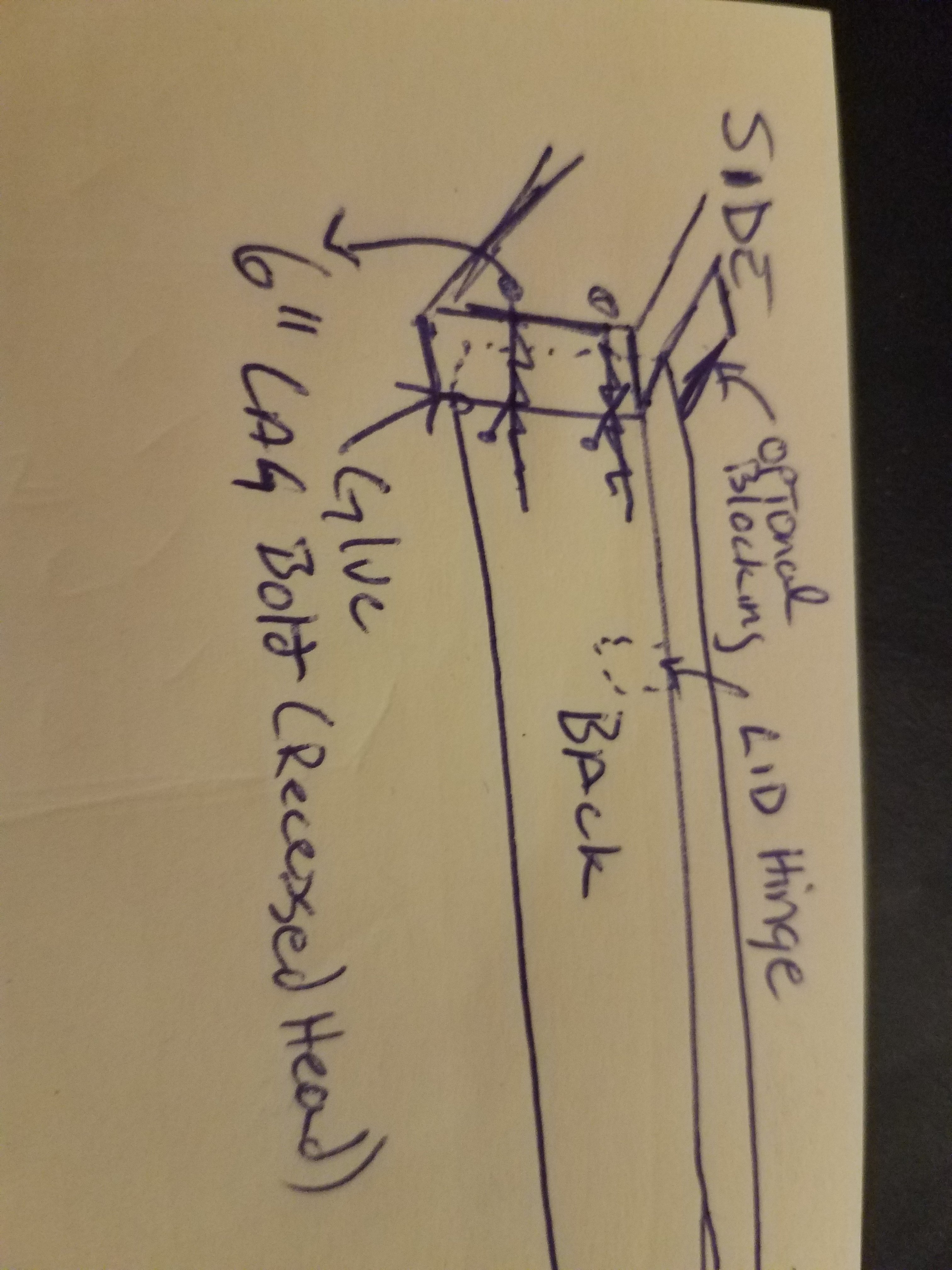QTikiBrew
Well-Known Member
So, a few months back, I was musing on how I would get a chest freezer into our basement, because I didn't want to put it in the garage - it's detached.
The wife suggested putting it on our enclosed three season patio (last owner bricked it over, walled and roofed it, and put windows all around - the walls are mostly windows).
We'd discussed trying to turn the patio into a sort of "tiki" bar, and, given the bric a brac I have from various deployments, we hit on a beachcomber/trader concept - no tikis, moai, or aku will be used in the place, but nautical stuff, maybe a few nets, some glass fish floats, etc.
I was rather surprised and delighted that she'd be okay with putting a keezer on the patio.
Looked at a few freezers on Craigslist, etc, and then COVID-19 happened, I had to go away for a month or more, and, when I get home, it's unlikely there will be any freezers in stock in the greater Boston area.
Which gives me a lot of time for planning!
There are two builds I like: TheUrbanOutdoorsman's "easy load" and Process Brewing's two board fascia build.
I like the split top for easy loading (26 years of service is finally beating my body apart with a bulging disc), and I like the 1x8 bolted to an inner collar concept, as well - before anyone asks, I'm not sure why, maybe it's the idea of the overhang providing stability for the collar against the body of the freezer (besides liquid nails, what else, when not using a double collar, prevents the collar from sliding backward when you lift the lid?).
However - I'm also considering adding a Rocket Pump for cask ale, and as far as I can tell, that pump has to be mounted on a horizontal surface.
My thought is to cut the front face 1x8 board so that it has an exposed "tail", possibly as long as its width plus thickness (8.75) to which I'd attach a 7.25x7.25 square projecting backwards, attached to the front face - essentially making a four-sided box (front face, extra side panel, top deck, side fascia/collar;
Some futzing around in sketchup (which I just taught myself to use in the last four hours) makes me think that first ofF - combining the doubled collar with the easy-load might result in a LOT of wood to move when lifting the lid.
Hopefully I've figured out how to attach the pictures:
First up is what it looks like with an inner 2x6 collar, with a 3-sided out fascia of 1x8, and a cask box (DC-EL-CB)
Second is just the easy load 2x8 on three sides fronted by a 1x8, with a cask box (EL-CB)


The wife suggested putting it on our enclosed three season patio (last owner bricked it over, walled and roofed it, and put windows all around - the walls are mostly windows).
We'd discussed trying to turn the patio into a sort of "tiki" bar, and, given the bric a brac I have from various deployments, we hit on a beachcomber/trader concept - no tikis, moai, or aku will be used in the place, but nautical stuff, maybe a few nets, some glass fish floats, etc.
I was rather surprised and delighted that she'd be okay with putting a keezer on the patio.
Looked at a few freezers on Craigslist, etc, and then COVID-19 happened, I had to go away for a month or more, and, when I get home, it's unlikely there will be any freezers in stock in the greater Boston area.
Which gives me a lot of time for planning!
There are two builds I like: TheUrbanOutdoorsman's "easy load" and Process Brewing's two board fascia build.
I like the split top for easy loading (26 years of service is finally beating my body apart with a bulging disc), and I like the 1x8 bolted to an inner collar concept, as well - before anyone asks, I'm not sure why, maybe it's the idea of the overhang providing stability for the collar against the body of the freezer (besides liquid nails, what else, when not using a double collar, prevents the collar from sliding backward when you lift the lid?).
However - I'm also considering adding a Rocket Pump for cask ale, and as far as I can tell, that pump has to be mounted on a horizontal surface.
My thought is to cut the front face 1x8 board so that it has an exposed "tail", possibly as long as its width plus thickness (8.75) to which I'd attach a 7.25x7.25 square projecting backwards, attached to the front face - essentially making a four-sided box (front face, extra side panel, top deck, side fascia/collar;
Some futzing around in sketchup (which I just taught myself to use in the last four hours) makes me think that first ofF - combining the doubled collar with the easy-load might result in a LOT of wood to move when lifting the lid.
Hopefully I've figured out how to attach the pictures:
First up is what it looks like with an inner 2x6 collar, with a 3-sided out fascia of 1x8, and a cask box (DC-EL-CB)
Second is just the easy load 2x8 on three sides fronted by a 1x8, with a cask box (EL-CB)


















































![Craft A Brew - Safale S-04 Dry Yeast - Fermentis - English Ale Dry Yeast - For English and American Ales and Hard Apple Ciders - Ingredients for Home Brewing - Beer Making Supplies - [1 Pack]](https://m.media-amazon.com/images/I/41fVGNh6JfL._SL500_.jpg)






























